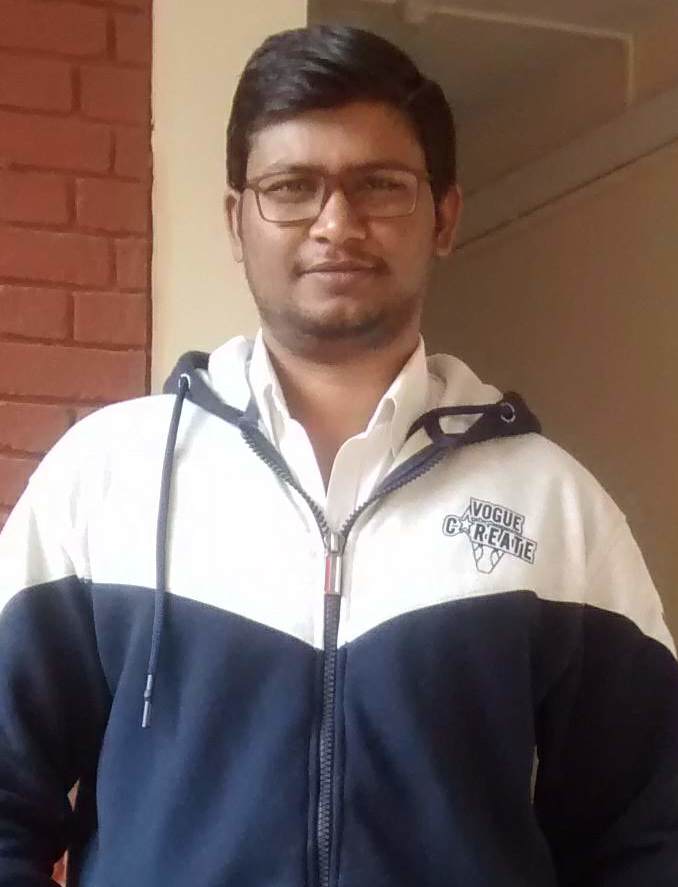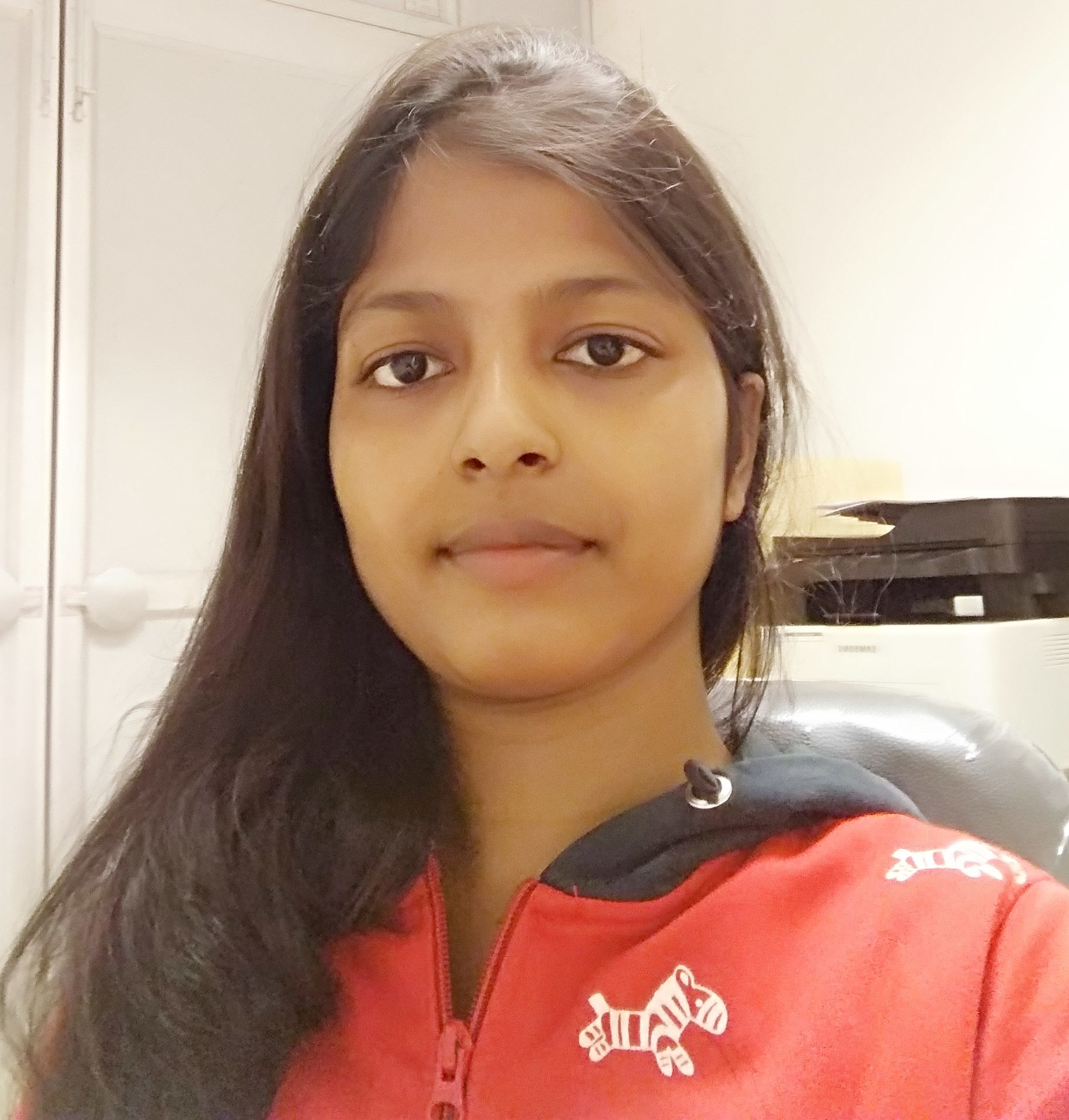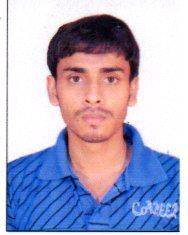Usual fluids are supposed to be continuous media without any internal structure and for these types of fluids turbulence sets in at very large Reynolds number ~ 104 and above. At the outset, analytical exact relations are derived from the basic equations of dynamics of a given fluid to calculate the transfer rate of an inviscid invariant in a turbulent flow. In the next step, this flux rate is calculated either for space plasmas like the solar wind and/or magnetospheric turbulence using in-situ data analysis of the spacecraft missions or for astrophysical fluids using numerical simulations. For the solar wind turbulence, the energy transfer parallel and transverse to the local mean magnetic field are found to be remarkably different. A thorough study of anisotropy in the solar wind turbulence is being carried out in our lab currently. Another component of research of our group is dedicated to the study of the onset of turbulence (occurs at a Reynolds number which is 10 times smaller than the Reynolds number for usual fluids), the energy transfer and universality in structured fluids (ferrofluids, bacterial suspension etc.). Finally we are also interested in understanding the growth of an infectious disease in epidemiology. A schematic overview of the current research topics of our research group is given in the following:
(1) Energy transfer in compressible turbulence:
One of the key research interests of our group is to understand the nature of scale to scale energy transfer in compressible turbulence. For incompressible hydrodynamic and plasma (magnetohydrodynamic) turbulence, thorough theoretical and phenomenological understanding of energy transfer are built up in terms of exact scaling relations in real space and triadic interactions in spectral space. In compressible turbulence, despite having a number of exact relations, a clear picture in the spectral space is yet to be developed. Moreover, for general multi-fluid plasma turbulence, even a proper exact relation is yet to be derived. The interplay between density fluctuation and self- gravity in a highly compressible interstellar cloud is believed to regulate the star formation process. A deep and clear understanding of that is still lacking. Some exact relations are developed in both compressible hydrodynamic and magnetohydrodynamic plasma fluid to calculate the scale to scale energy transfer rate. Exact laws for general multi-fluid plasmas and a systematic spectral theory for compressible turbulence are the current topic of research of our group.
(2) Anisotropy in solar wind turbulence:
Solar wind is the only natural laboratory to carry out in-situ investigation of turbulence in space plasmas. Depending on the chosen length and time scale, the nature of turbulence can be different. This difference can be perceived from the difference in the power levels and the spectral index of the magnetic field and velocity power spectra. Even for a given range of scales, theoretical studies predict different power spectra as a function of the flow to mean magnetic field angle. Interestingly with respect to global mean magnetic field, almost no difference was found between the parallel and perpendicular (with respect to the mean magnetic field) power spectra. However, prominent differences both in the power level (perpendicular power > parallel power) and in the spectral indices (-5/3 for perpendicular spectra and -2 for parallel spectra) are found if one considers scale dependent mean magnetic field (Horbury et al., PRL, 2008). Currently we study the anisotropy of magnetic and electric field fluctuations in the solar wind turbulence.as a function of heliospheric latitude and solar activity using the data of ULYSSES, CLUSTER and THEMIS. Very high resolution data of MMS are also aimed for future studies.
(3) Turbulence in ferrofluids:
Ferrofluids are basically colloidal suspension of nano-sized ferromagnetic, or ferrimagnetic particles in a carrier fluid (e.g., water, oil, organic solvent). They were invented independently at NASA Lewis Laboratories, and by Dr. R. E. Rosensweig et al. at AVCO Space Systems. The three main equations of dynamics for ferrofluids consist of the linear momentum equation of the fluid, the internal angular momentum equation of the suspended ferromagnetic particles, and the magnetization equation. In our group, we are interested in understanding the turbulence nature of ferrofluids in the presence of external magnetic field and the energy transfer from one length scale to the other. We have recently derived the first exact relation for incompressible ferrofluid turbulence (Mouraya and Banerjee, PRE,100, 2019). Currently we are performing DNS of ferrofluid turbulence in order to understand the different properties/quantities and also to study the turbulence in ferrofluids from quantum aspects.
(4) Turbulence in active matter fluids:
Active matter comprises of all living organisms such as flocks of birds, cytoskeleton, bacterial suspensions etc., including some dead active matter such as chemically driven colloids. They consists of active agents which have the ability to self-propel. Turbulence is ubiquitous and widely studied phenomenon in passive fluids but proper theoretical modelling and understanding the underlying physics of turbulence in active fluid is lacking. In classical turbulence, there are well separated ranges of length scales for forcing and dissipation in between which there exists a wide intermediate range (called the inertial range) having universal power laws. But in active fluid these regions are not properly identified. Interestingly, the onset of turbulence in active fluids takes place at a Reynolds number at least ten times smaller than the onset Reynolds number for the usual fluids. A widely accepted continuum model is the generalization of the Navier-Stokes equations incorporating Toner-Tu (1995) term of flocking or a Swift-Hohenberg (1997) type fourth order term and other terms specific to the system. In our group, we explore turbulence in dense bacterial suspensions both analytically and numerically to see how the various non-linear terms interact, What the nature the dissipation mechanism and the power laws related to scale to scale energy transfer have. We also search for inviscid invariants and universality in the energy transfer in an active fluid.
(5) Mathematical models of epidemiology:
Infectious diseases can spread due to various reasons at various scales. Starting from small scale spread of an epidemic in a town, it can be a pandemic and spread across the continents. Our objective to propose different compartmental models of epidemiology taking into account various realistic factors and to investigate the nature of spread and the existence of any eventual equilibrium at finite time. Technically speaking, generalised version of popular SIR and SEIR models are used to explain various epidemics like the most recent COVID-19.










